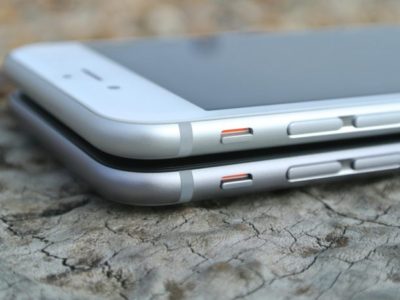Demand for consumer and business electronics continues to grow in parallel with the global middle class, which is projected to reach 5.3 billion people by 2030. And the increased supply of new products means an increase in product disposal.
E-waste is a term for consumer and business electronic equipment at the end of its useful life. Typically, it includes our mobile phones, laptops, and other devices and appliances. The growing amount of e-waste is caused by a growing customer base, short product life cycles, and few or inconvenient repair options.
As evidence of the problem, in 2019, the world generated 53.6 Metric tons of e-waste according to a United Nations Report. Yet only about 17% was collected for recycling even though the waste stream includes both valuable and hazardous materials.
But governments are beginning to respond to the problem through legislation:
- The European Union passed the 2021 Right-to-Repair legislation which requires all retailers/manufacturers to sell goods that can be repaired for up to 10 years.
- A new French law went a step further and requires electronics companies to disclose a “repairability index” on their products, with a 1-10 ranking on “how easily a device can be disassembled and the availability of repair manuals and spare parts.”
- The United States is working on Right-to-Repair legislation that would require manufacturers to supply tools, equipment, and diagnostic systems to an independent repair industry.
- Australia is working on a Right-to-Repair process that would shift its e-waste strategy from recycling to repair and reuse, including using GPS trackers for second-life materials.
Along with the legislation, third-party groups such as iFixit, “a collaborative effort spanning thousands of fixers, repair-seekers, and translators” are stepping into this movement.
And global companies are launching e-waste collection programs. For example, Apple, Vodaphone, and Oppo all have cellphone recycling programs.
However, all electronic products will eventually reach a point beyond repair. So what happens then?
Samsung offers an excellent example with its Galaxy phone. In 2017 an employee suggested the idea of an Upcycling Project for old Galaxy phones as IoT devices with new features. Various IoT concepts were proposed, including a project that was piloted with Korean medical researchers, to make 90 portable ophthalmoscopes for use in Vietnam, benefitting the lives and vision of around 14,000 residents.
In 2021 the company introduced its Galaxy Upcycling at Home program to use non-repairable mobile phones to make baby monitors, light sensors, and other smart home devices.









thanks for share, helpful.